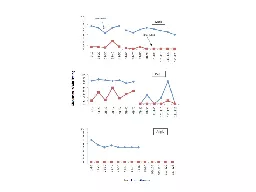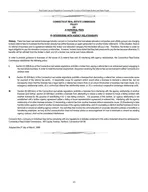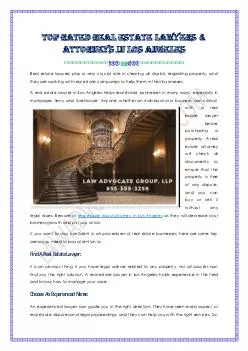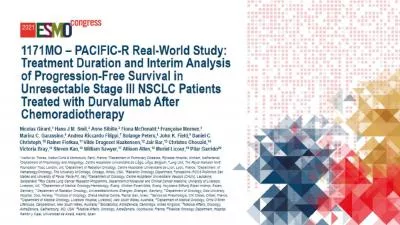PPT-And now for “real treatment”…
Author : giovanna-bartolotta | Published Date : 2017-09-16
Development of an 8week managed care model 1 session per week 50 min in length 8 weeks Traditional Cognitive Behavioral Therapy Focus on identifying triggers or
Presentation Embed Code
Download Presentation
Download Presentation The PPT/PDF document "And now for “real treatment”…" is the property of its rightful owner. Permission is granted to download and print the materials on this website for personal, non-commercial use only, and to display it on your personal computer provided you do not modify the materials and that you retain all copyright notices contained in the materials. By downloading content from our website, you accept the terms of this agreement.
And now for “real treatment”…: Transcript
Download Rules Of Document
"And now for “real treatment”…"The content belongs to its owner. You may download and print it for personal use, without modification, and keep all copyright notices. By downloading, you agree to these terms.
Related Documents














